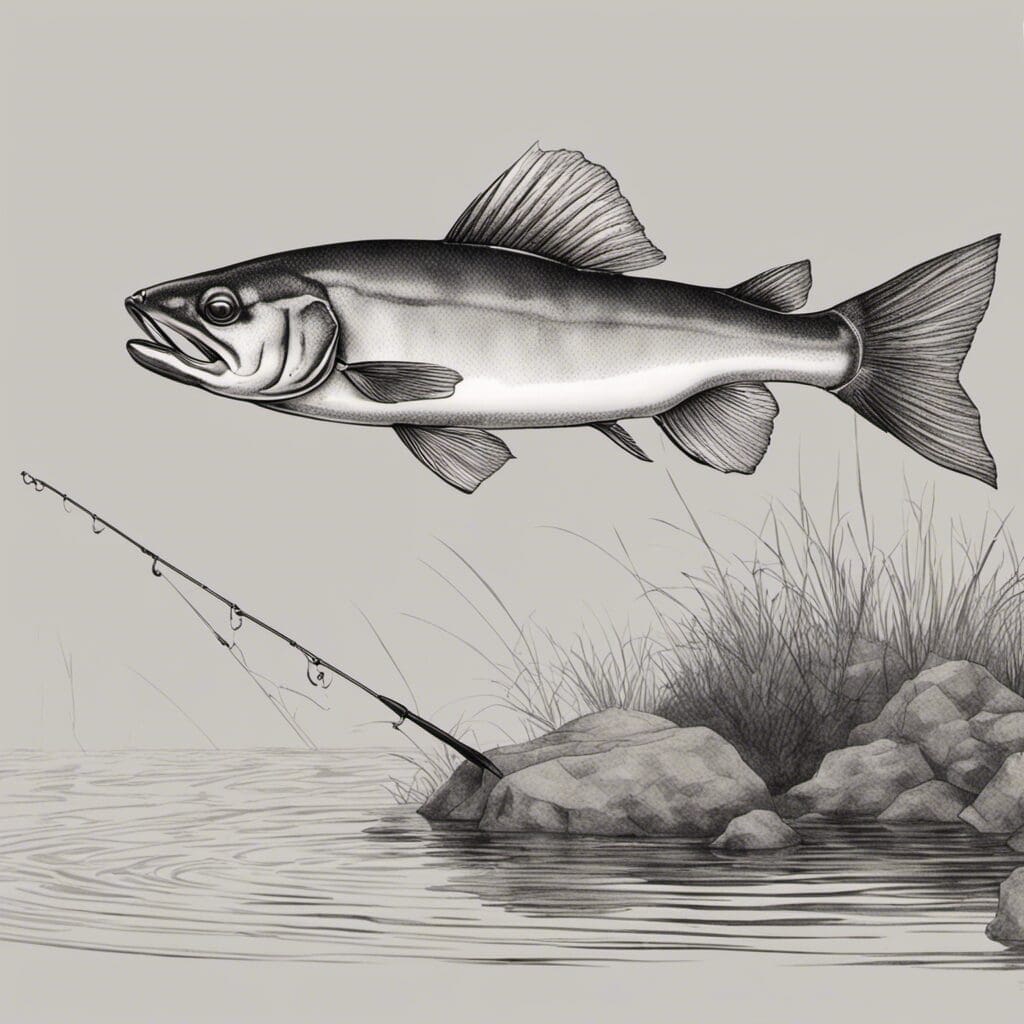Introduction
The Kob (Arqyrosomus japonicus) is a large, beautiful fish part of the Sciaenidae family. Renowned for their ability to put up a good fight when being fished, they are prized targets for sport fishermen, and equally valued by commercial fishermen for their tender, tasty flesh.
Conservation Status
While not currently listed under the IUCN Red List, the Kob population is under pressure due to a combination of overfishing and habitat destruction. Several efforts towards sustainable fishing practices and habitat conservation are underway to help this iconic species recover.
Statistics
| Aspect | Average | Range |
|---|---|---|
| Length | 120 cm | 80-140 cm |
| Weight | 15 kg | 5-40 kg |
| Lifespan | 20 years | — |
Distribution
The Kob is a migratory fish found along the coasts of Southern Africa, from Angola to Mozambique. Their migration patterns are influenced by availability of food and breeding sites.
Habitats
Kob primarily inhabit the nearshore environments, but can venture into depths up to 100 metres. They are also known to enter estuaries and can tolerate a wide range of temperatures.
When and Where to See
While Kob can be spotted throughout the year, their presence is more notable from late spring to early winter. They are more likely to be spotted during late afternoon or early morning hours.
Best Fishing Locations
Some of the best fishing locations for Kob include the Orange River Mouth, Breede River, Sodwana Bay, and Nahoon. When specific locations are not that important, look for areas with deep channels, rocky reefs or drop-offs where kob like to hunt.
How to Catch
Kob are known to fall for a variety of baits. Popular choices include squids, sardines, and mackerels. Beach and estuary fishing are common techniques, although some fishers also prefer trawling or fly fishing. The best times for catching Kob are usually around dawn and dusk.
Identification Guide
The Kob is silver-green to bronzy, with a slightly darker dorsal area. The body shape is elongated, with a broad rounded head. It is sometimes confused with other members of the Sciaenidae family, but can be identified by its unique mouth shape and scale pattern.
Culinary
Kob is known for its firm, white flesh that is mild in flavor. It can be grilled, fried, or used in a variety of dishes. It is rich in proteins and Omega-3 fatty acids.
Additional Information
This species is predominantly piscivorous, feeding mostly on a diet of smaller fish, but will also eat cephalopods and crustaceans. Natural predators of the Kob include larger marine species such as sharks. The species holds a significant place in angling communities and has been a source of livelihood for many coastal communities.
References and Further Reading
For further reading, consult species guides and books on Southern African marine life such as “The Sea Fishes of Southern Africa” by J.L.B. Smith and “Marine fishes of southern Africa” by Rudy van der Elst. Marine websites and local government publications on marine biology and conservation can also provide further insights. Always ensure that any information gathered is from reputable sources.

